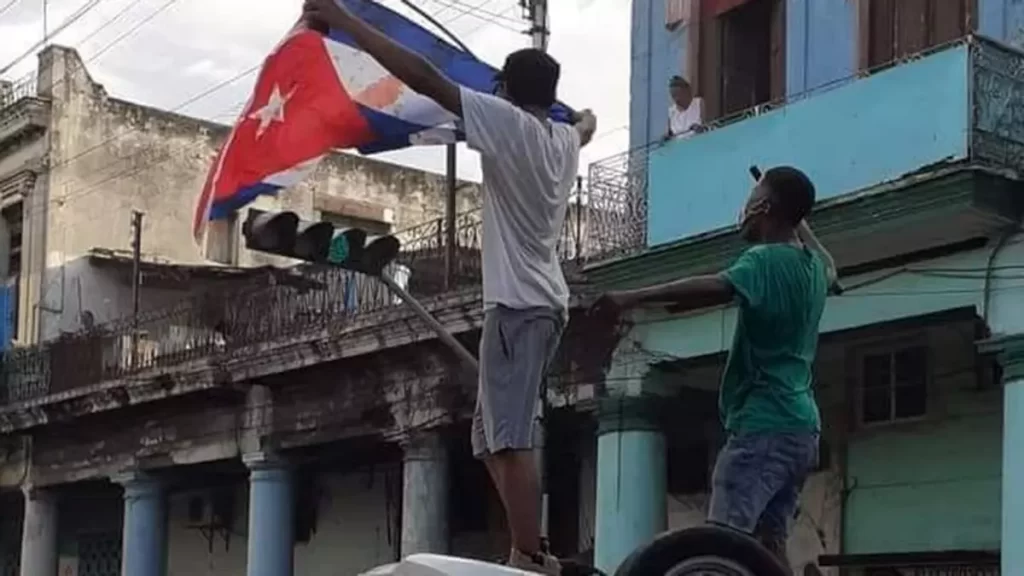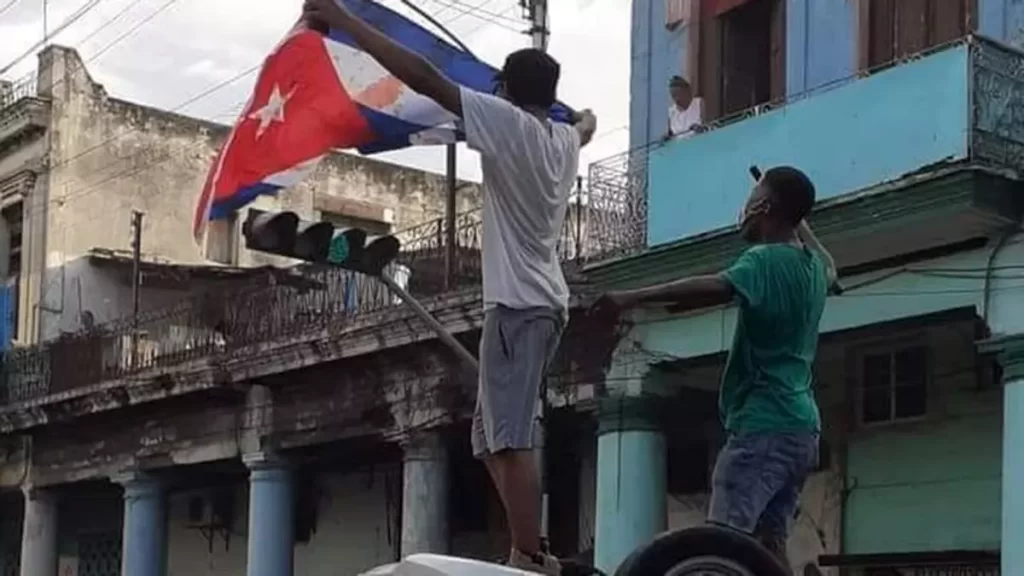
1. The Announcement of the “Thaw”
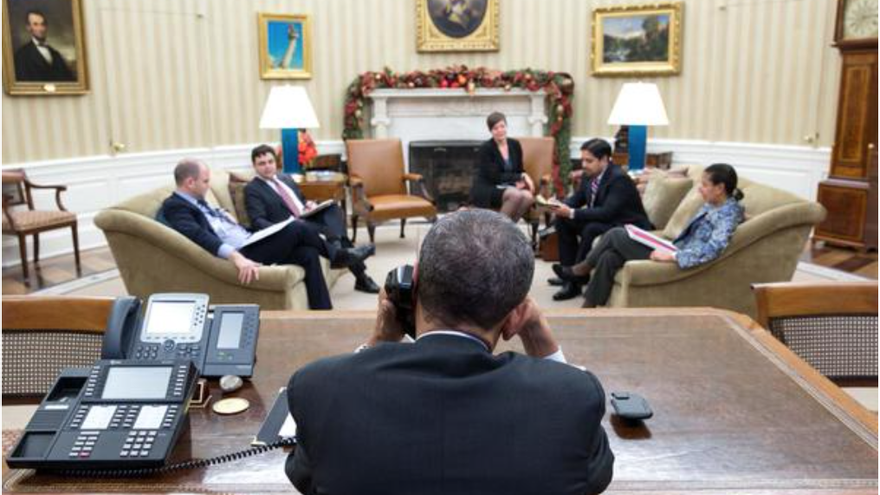
2. Reopening of Embassies
The next step to the thaw, as logical as it was historic, was the reopening of embassies in Washington and Havana. It was in the summer of 2015, under an inclement sun and in two events that brought together officials in the United States and curious people in Cuba. The Cuban flag was raised in July, in the presence of the Foreign Minister, Bruno Rodríguez, who thanked Obama for his call to Congress to eliminate the embargo laws. A month later, it was the turn of the headquarters in the capital of the Island, with the presence of Secretary of State John Kerry. 14ymedio, stationed at the entrance, also reported the event in a live-stream.
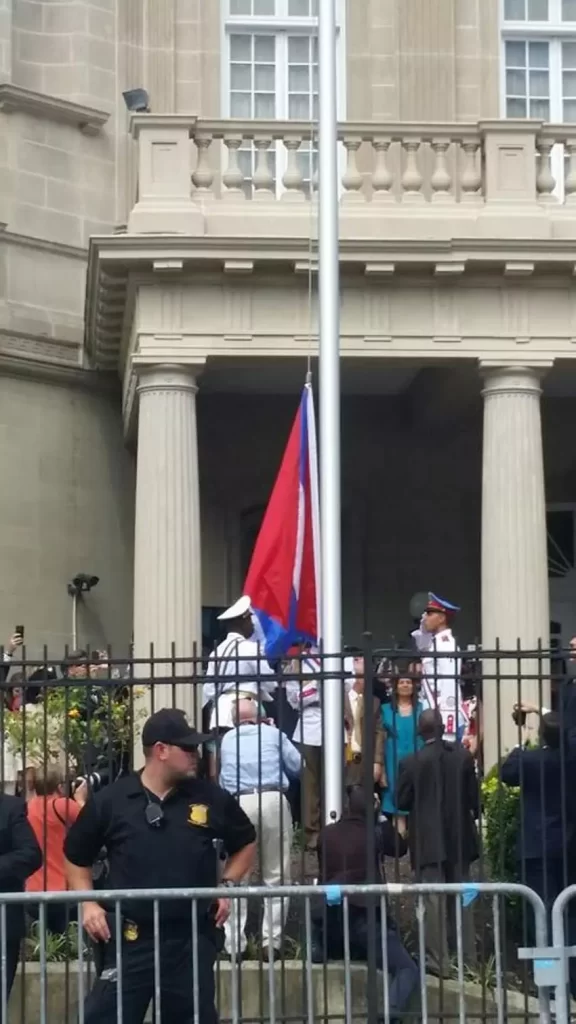
3. Obama’s Visit to Cuba
The first visit by a US president to Cuba in almost a century, in March 2016, deserved a great display: a challenge for a small newspaper like 14ymedio which, however, did not miss the event with a wide variety of pieces. We created photographic galleries with the preparations for the visit; we went out among the Havana residents, armed with their stars and stripes flags, to ask their opinions; we had expert analysis and we published — with the support of international agencies — all the information about official acts. In addition, one of our collaborators, Miriam Celaya, was among those attending the meeting of the American president with civil society. That trip left a photo for history: that of a smiling Raúl Castro raising Obama’s reluctant arm.
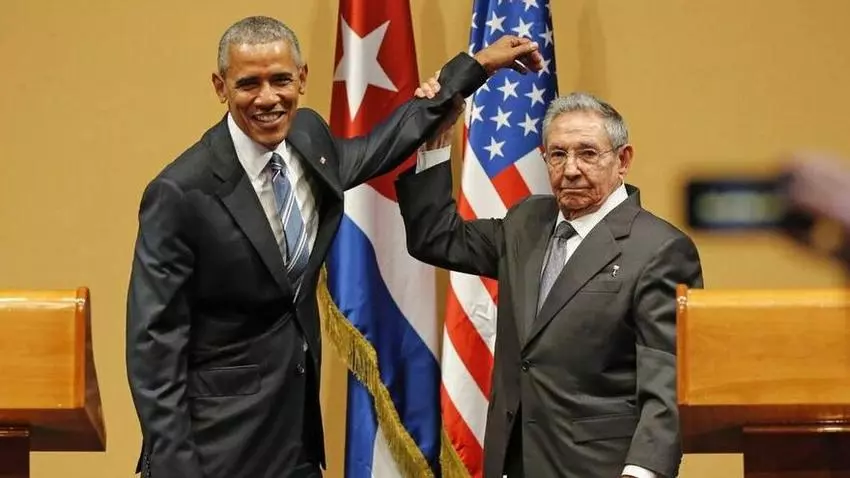
4. The Massive Rolling Stones Concert
The most powerful Western leader in the world had barely left when their satanic majesties took over. The Rolling Stones concert in Havana, on March 25, 2016, brought together almost 1.2 million attendees if we add the 700,000 who got into the area set up in the Ciudad Deportiva and another 500,000 who watched it from the outskirts. There was a thirst for a group banned by the Revolution and the band delivered from the first “good night, my people from Cuba” pronounced by Mick Jagger who, as always, gave his all during the two-hour performance. There is even a film about the event, Havana Moon.
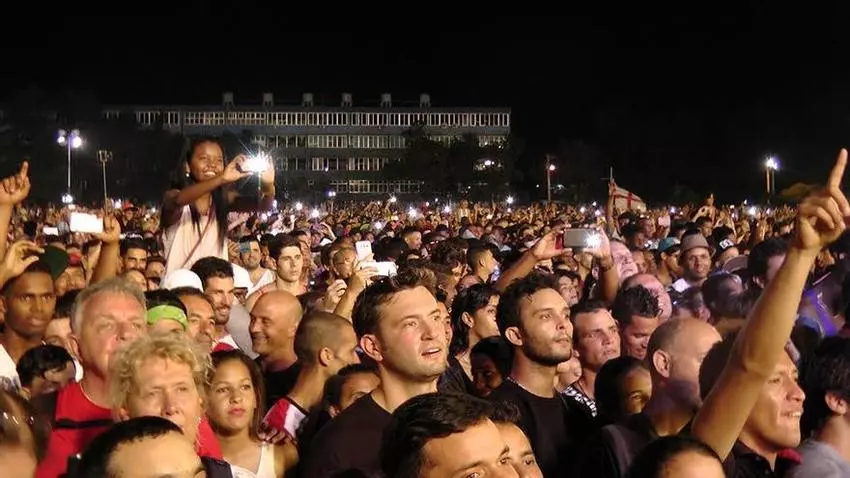
5. The Death of Fidel Castro
The night of November 25, 2016 in Havana, early morning in Madrid. The two newsrooms of 14ymedio coordinate to provide uninterrupted follow-up to one of the most anticipated news stories, for different reasons, in the entire world. This newspaper opted for a headline that was as simple as it was direct and forceful at that time: Fidel Castro is dead. The leader of the Cuban Revolution, the megalomaniacal leader who turned the Island into a great prison, was gone forever. In the midst of control, repression and surveillance, we followed the delegation that toured the Island to begin a new era in Cuba. Life without Fidel.
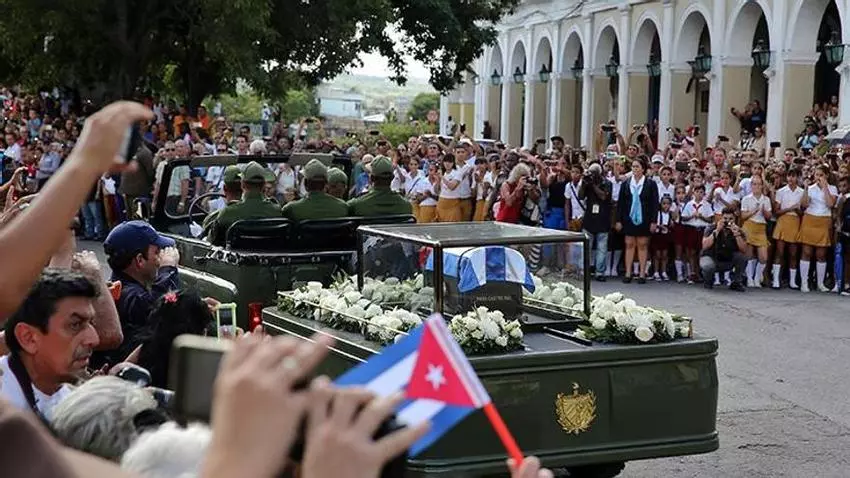
6. The Arrival of Mobile Internet
In 2018 another milestone occurred in modern Cuba. When the world had been surfing the Internet with their cell phones for more than a decade, Cubans were finally able to use that service starting December 6 and, like almost everything, the process was slow. The first lucky ones were those who had a number starting with 52 and 53; then those with
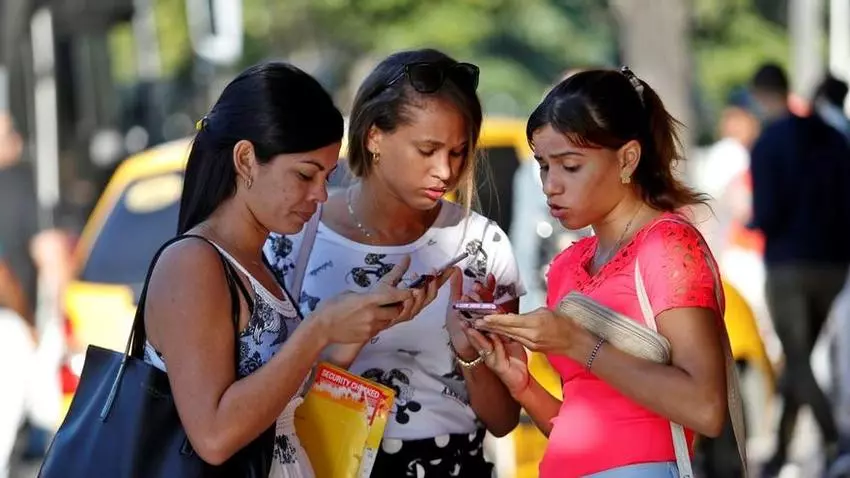
7. The Covid-19 Crisis
At a dizzying speed, the world went from observing atypical pneumonia in China to having to barricade themselves in their homes to avoid the spread of Covid-19. The first pandemic in a century came to light in Cuba on Friday, 28 March 2020, when the first death on the Island and the first local contagion were learned of, after days of surveillance of some tourists who arrived with the virus. A time began that seemed endless: with empty establishments, closed streets, mandatory use of masks and great, very great fear of getting sick on an island full of shortages when the ravages of the disease could be seen in rich countries. It was a very intense information scenario, where the difficulty in reporting was proportional to the need to do so, but in it we discovered outbreaks


